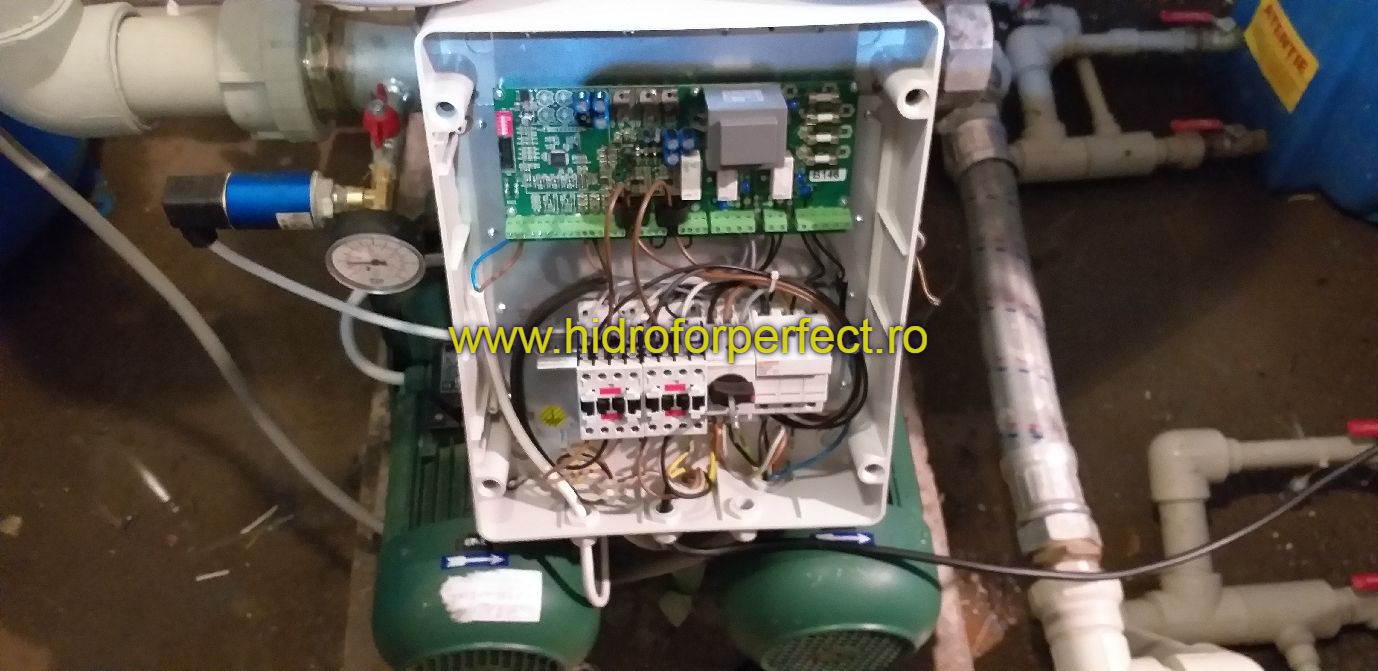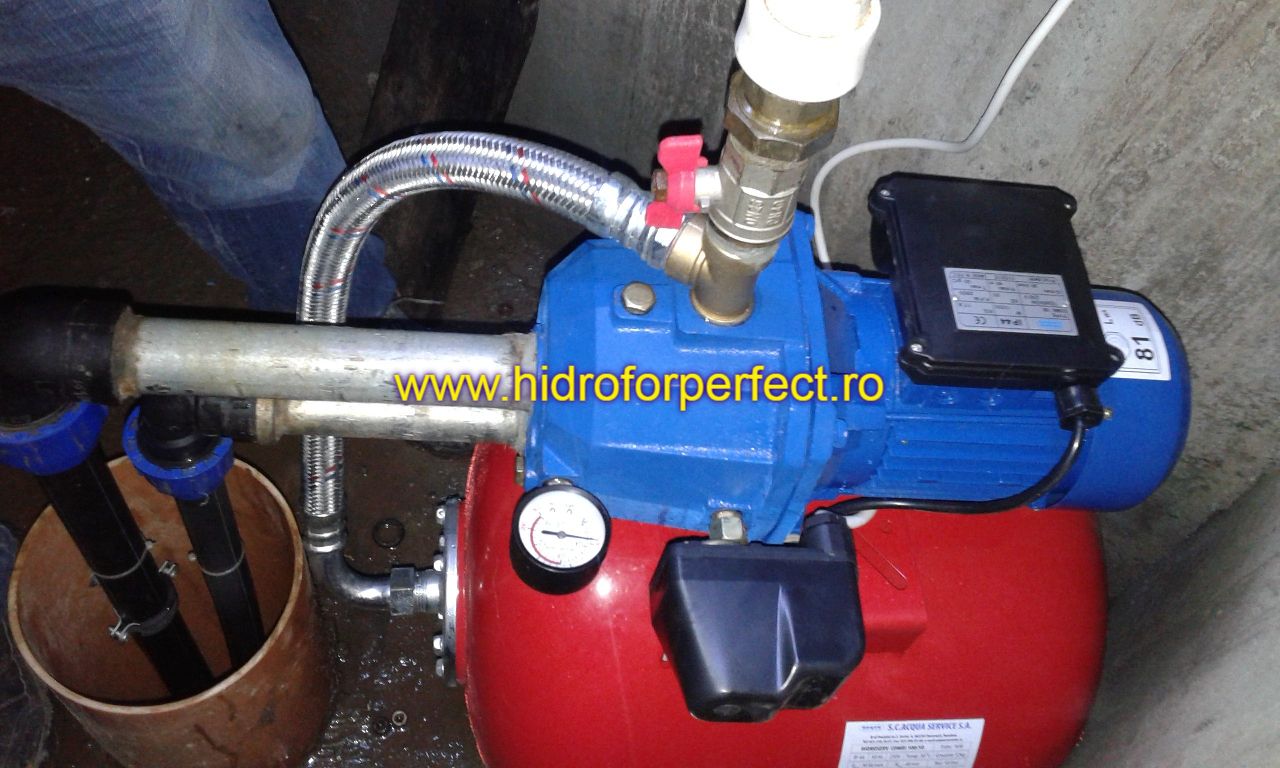Good agricultural practices and new integrated advisory services have been combined with notable effect by LIFE partners to help reduce eutrophication risks in Danish watercourses.
Water quality levels in many Danish lakes and rivers have been recorded at levels below the standards anticipated by the EU’s Water Framework Directive (WFD). For example previous assessments by regional authorities found that only around 12% of lakes sampled were considered to have acceptable water quality conditions and approximately half of the streams analysed could not meet the authorities’ required quality goals. Eutrophication linked to agriculture was judged to be a major contributory factor to the poor water conditions and LIFE Environment funds have been deployed to demonstrate how farm-led action can help improve the quality of Danish water resources.
Led by Denmark’s Agricultural Advisory Service, the AGWAPLAN (AGriculture and WAter PLAN) project received €990.877 of LIFE co-finance and centred its attention on finding meaningful methods for implementing the EU Water Framework Directive. Increased uptake of environmental sector recommendations by agricultural sector actors was seen as an underlying AGWAPLAN goal, and the beneficiary’s strong credentials among Denmark’s farming community proved extremely helpful in realising these ambitious aims.
Core aspects of the project plan involved demonstrating the potential of integrated approaches, incorporating various targeted Good Agricultural Practices (GAPs), for reducing eutrophication levels. These GAPs were developed by the LIFE team through an extensive research exercise that brought together all available environmental knowledge relating to agri-eutrophication within a comprehensive GAP advice manual for farmers. Preparation of the GAP manual covered a full range of Danish farm activities and took account of important commercial factors concerning productivity gains or losses from the different GAPs.
Following collation of the proposed GAPs, the LIFE team began testing their hypotheses in three different pilot sites. Located relatively close together in eastern Jutland, the pilot areas were selected to provide comparative farm-based results and also allow modelling of potential impacts on nitrogen and phosphorous levels in watercourses over a larger catchment scale. Each of the sites was carefully investigated to identify baseline data regarding eutrophication levels and associated use of farm fertilisers.
Farmer participation Pilot versions of the GAP guidance were applied in practice on the test farms using a new ‘Integrated Advisory system’. This novel agri-advisory tool helped facilitate an agreed eutrophication management plan for each farm. The planning process proved particularly popular with farmers since it afforded equal priority to their economic objectives and balanced business efficiency requirements against AGWAPLAN’s water quality aspirations.
Results from the pilots have been robust and the LIFE project has shown how farmers can work together with advisory services and municipalities to implement WFD objectives within a collaborative framework. The project’s innovative approach to GAP production and Integrated Advisory services can be acknowledged as offering important demonstration value for other rural areas suffering from eutrophication problems.
LIFE’s 40 month support package for establishing the AGWAPLAN methodology came to an end in March this year, leaving the beneficiary well equipped with its new and effective tool for reducing eutrophication risks from Danish farms. Monitoring of the project’s ongoing impacts remains a recurrent task, since some of the effects will only be traceable in the long term. However analysis carried out during the project, and presented during LIFE’s recent water conference, highlights the GAPs success in reducing nitrogen and phosphorous diffuse pollution in water bodies-.
More information about these and other AGWAPLAN outcomes are available from the project website, LIFE news and Layman’s report.
Led by Denmark’s Agricultural Advisory Service, the AGWAPLAN (AGriculture and WAter PLAN) project received €990.877 of LIFE co-finance and centred its attention on finding meaningful methods for implementing the EU Water Framework Directive. Increased uptake of environmental sector recommendations by agricultural sector actors was seen as an underlying AGWAPLAN goal, and the beneficiary’s strong credentials among Denmark’s farming community proved extremely helpful in realising these ambitious aims.
Core aspects of the project plan involved demonstrating the potential of integrated approaches, incorporating various targeted Good Agricultural Practices (GAPs), for reducing eutrophication levels. These GAPs were developed by the LIFE team through an extensive research exercise that brought together all available environmental knowledge relating to agri-eutrophication within a comprehensive GAP advice manual for farmers. Preparation of the GAP manual covered a full range of Danish farm activities and took account of important commercial factors concerning productivity gains or losses from the different GAPs.
Exclusiv - beneficiati acum de Oferta Speciala de mai jos:
Propriul meu plan de afaceri
Stick-ul "Propriul meu plan de afaceri" Ai planuri de afaceri standard Esti o persoana dinamica Profita de Stick-ul "Propriul meu plan de afaceri" Ai 7 modele practice de planuri de afacere cu care obtii mai usor finantari si chiar fonduri europene la mai putin de 100 de lei Stick-ul "Propriul meu plan de...
Oferta Speciala
valabila 48h
valabila 48h
Following collation of the proposed GAPs, the LIFE team began testing their hypotheses in three different pilot sites. Located relatively close together in eastern Jutland, the pilot areas were selected to provide comparative farm-based results and also allow modelling of potential impacts on nitrogen and phosphorous levels in watercourses over a larger catchment scale. Each of the sites was carefully investigated to identify baseline data regarding eutrophication levels and associated use of farm fertilisers.
Farmer participation Pilot versions of the GAP guidance were applied in practice on the test farms using a new ‘Integrated Advisory system’. This novel agri-advisory tool helped facilitate an agreed eutrophication management plan for each farm. The planning process proved particularly popular with farmers since it afforded equal priority to their economic objectives and balanced business efficiency requirements against AGWAPLAN’s water quality aspirations.
Results from the pilots have been robust and the LIFE project has shown how farmers can work together with advisory services and municipalities to implement WFD objectives within a collaborative framework. The project’s innovative approach to GAP production and Integrated Advisory services can be acknowledged as offering important demonstration value for other rural areas suffering from eutrophication problems.
LIFE’s 40 month support package for establishing the AGWAPLAN methodology came to an end in March this year, leaving the beneficiary well equipped with its new and effective tool for reducing eutrophication risks from Danish farms. Monitoring of the project’s ongoing impacts remains a recurrent task, since some of the effects will only be traceable in the long term. However analysis carried out during the project, and presented during LIFE’s recent water conference, highlights the GAPs success in reducing nitrogen and phosphorous diffuse pollution in water bodies-.
More information about these and other AGWAPLAN outcomes are available from the project website, LIFE news and Layman’s report.
Autor: AgroRomania.ro
Votati articolul
Nota: 5 din 1 voturi
Urmareste-ne pe Google News

















